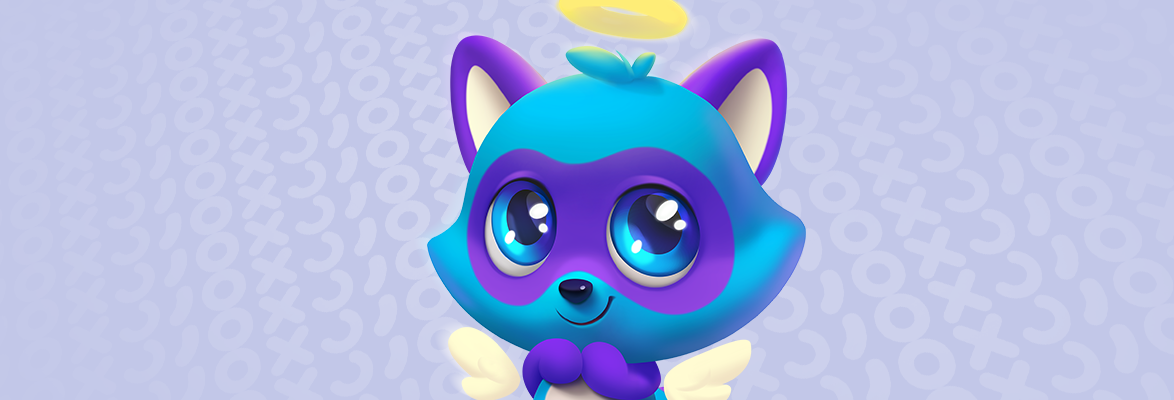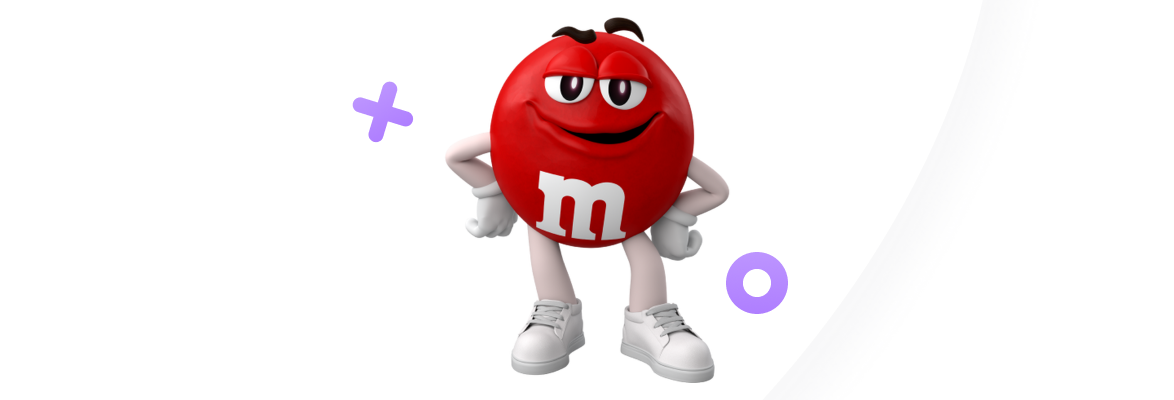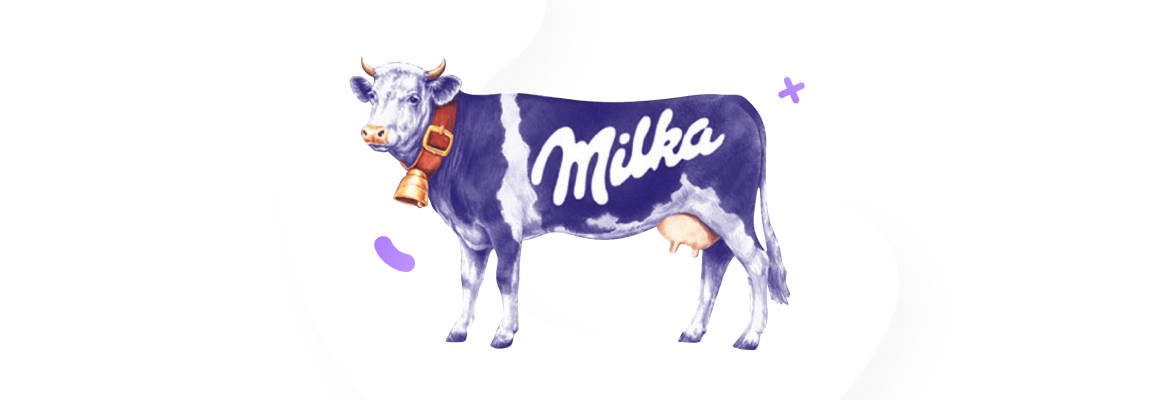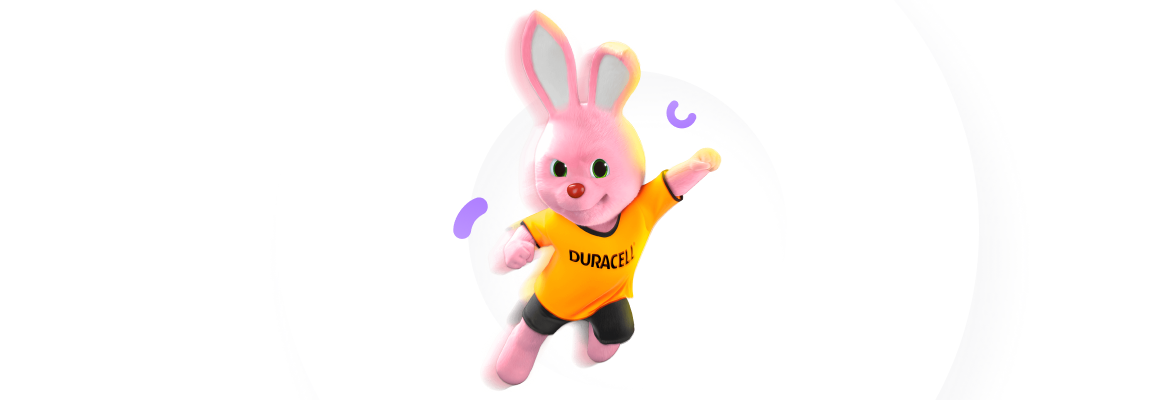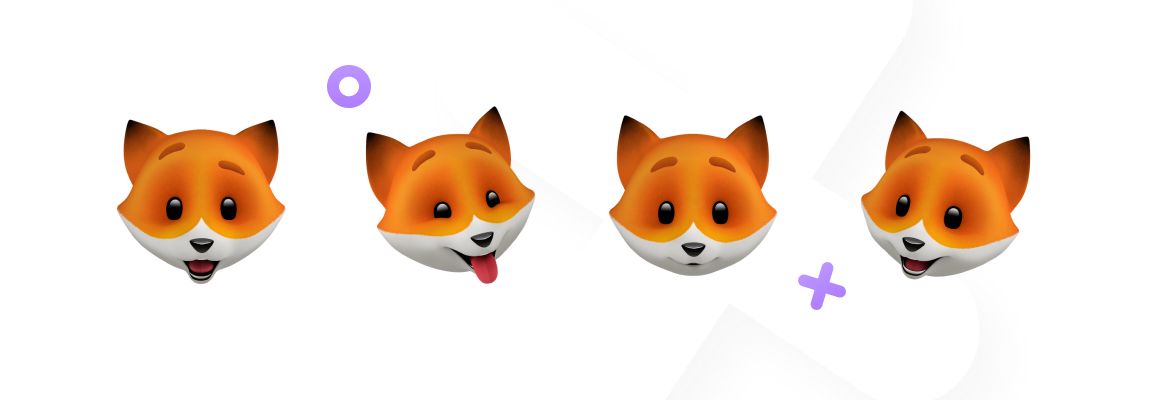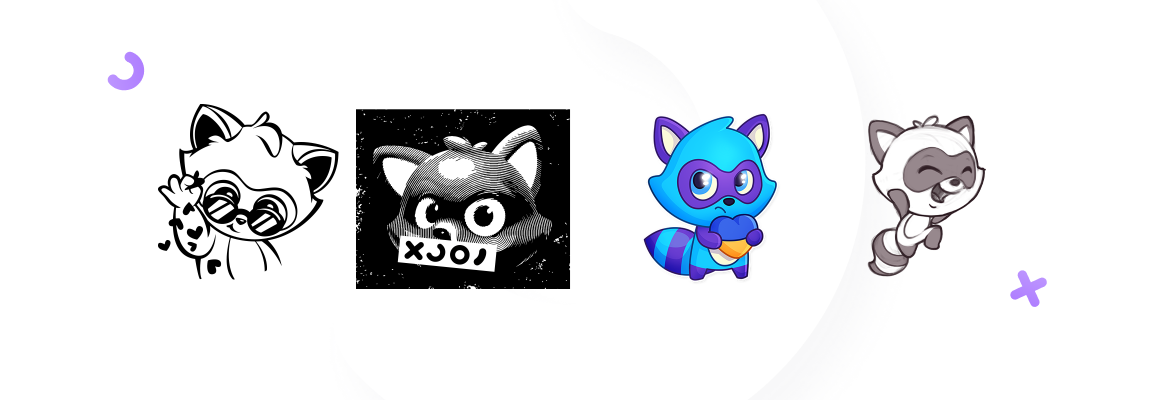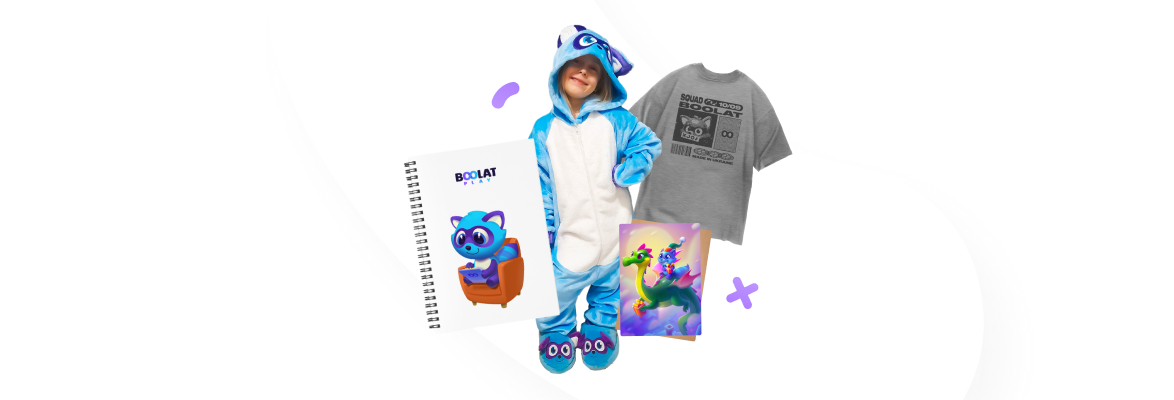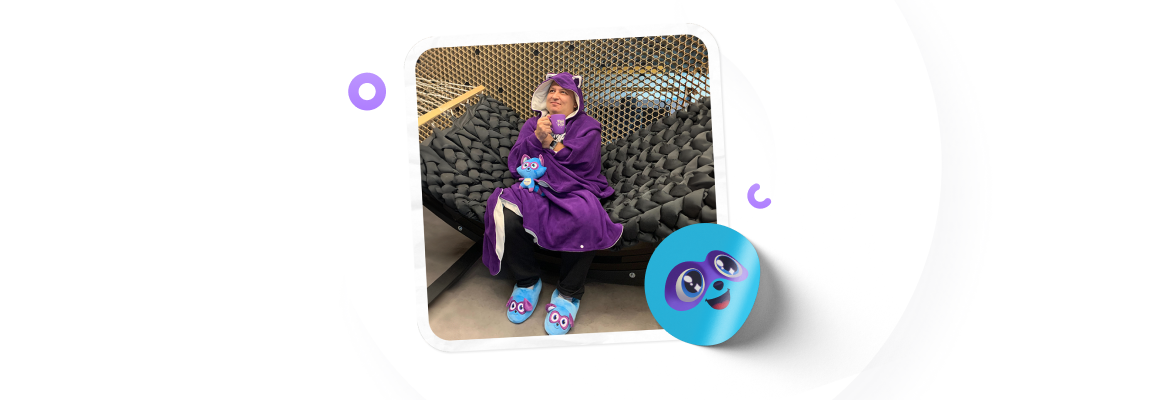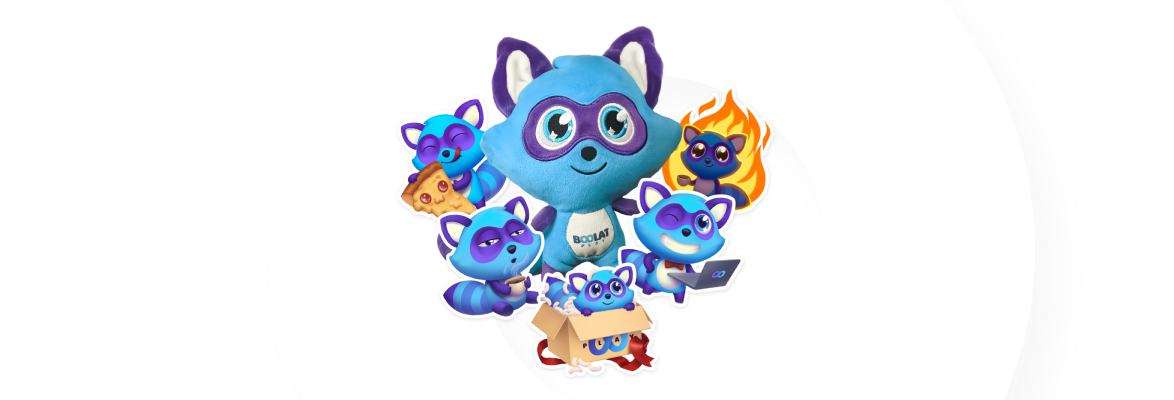The word mascot is derived from the French "mascotte," meaning a person, animal, or object that brings good luck. But nowadays, it's typically a character, whether anthropomorphic or not, that acts as a symbol of something. It frequently represents a community, such as a school, sports team, society, military branch, event, or brand. In some countries, entire cities and towns have mascots. For instance, they often symbolize product features or regional tourist attractions in Japan. Mascots are quite common, but they aren't exactly a requirement, so let's take a look at why they are important.
Why Companies Use Mascots
A mascot is an excellent visual tool that helps a company establish a strong emotional bond with its audience.
When managed effectively, a mascot not only becomes an integral part of the brand but can also fulfill various roles:
Engaging with the Target Audience
The character can directly interact with users or customers. A great example is M&M's—their mascots, in the form of colorful candies, directly convey information about promotions, offers, and company news to the consumer.
Promoting the Brand's Ideals and Values
A favorite example is Milka's purple cow. It's always shown against green mountains, promoting the product's values and reinforcing its connection to nature, freshness, and tenderness.
Boosting Sales
The Duracell Bunny, a pink rabbit holding a marching drum, is easily recognizable worldwide. The company actively leverages its mascot in advertisements to promote the brand and enhance its visibility.
Fostering Support and Goodwill
Let's take a look at an example that'll be familiar to our folks in Ukraine. The fox mascot of the Foxtrot electronics store chain serves as an excellent case in point. Consumers encounter this character not only in advertising but also as a guide in user manuals. This approach is highly effective because interacting with a specific character feels more personal and natural than engaging with an impersonal brand name.
Going Viral and Additional Engagement
A mascot can be leveraged in campaigns, merchandise, parodies of popular memes, or even in creating original content. We take This approach with our own mascot for internal events and initiatives.
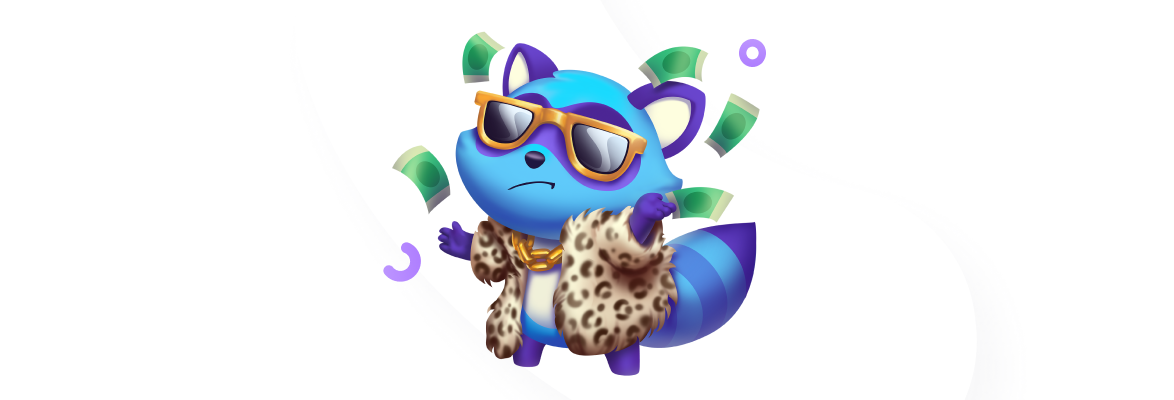 Let's take a look at why we decided on this particular mascot for our company. We'll highlight the key factors we considered and explain how our raccoon aligns with these points.
Let's take a look at why we decided on this particular mascot for our company. We'll highlight the key factors we considered and explain how our raccoon aligns with these points.
Analyzing our Audience
It's crucial to understand who the mascot is designed to appeal to. For instance, Mr. Clean was created in the 1950s in America by a company that manufactured professional cleaning products. At that time, household chores were predominantly the responsibility of women, so the image of a strong, confident man with an earring, who emerges like a genie from a lamp to effortlessly tackle any dirt, resonated with the target audience. That's why, when choosing a mascot, it's important to understand the age, gender, and even the occupation of your primary target audience to best capture their interest.In our case, we didn't aim to design a mascot for a narrowly defined audience—instead, what mattered most was that we personally liked it. That's why our mascot is more versatile. We didn't adhere to a strict image, making it universally appealing.
Mascot Characteristics
What kind of personality should a mascot have? The Nesquik bunny, Quicky, is an energetic, positive, and cheerful character who dislikes staying in one place. He strongly resembles a child, making him appealing to both parents and children, who view him as a friend who always invites them on adventures.
For our mascot, we opted for an image that radiates cheer, energy, playfulness, and positivity. It's important to note that since we're not using the character to promote any services, we have the freedom to choose any image. For example, a consulting agency's mascot should have a more serious demeanor, or in certain situations, it might be wiser to opt for a recognizable logo instead of a mascot to prevent any potential confusion among clients about undue playfulness.
Choosing a Concept
Should it be a person, an animal, or even an animated object, like the iconic lamp from Pixar's intros? If the mascot is intended for marketing and sales, you should naturally consider the product it promotes. But for us, the mascot is simply a representation of our studio that embodies all of us, so we built upon that idea and developed it as a team. When we decided that our studio needed a mascot, we organized a competition for our colleagues. We invited everyone to design a logo and a character that, in their view, could represent our company. There were many different ideas, and all of them were great. Here, you can see a selection of the most exciting options, and here, for the first time, we see the initial sketches of our beloved raccoon.
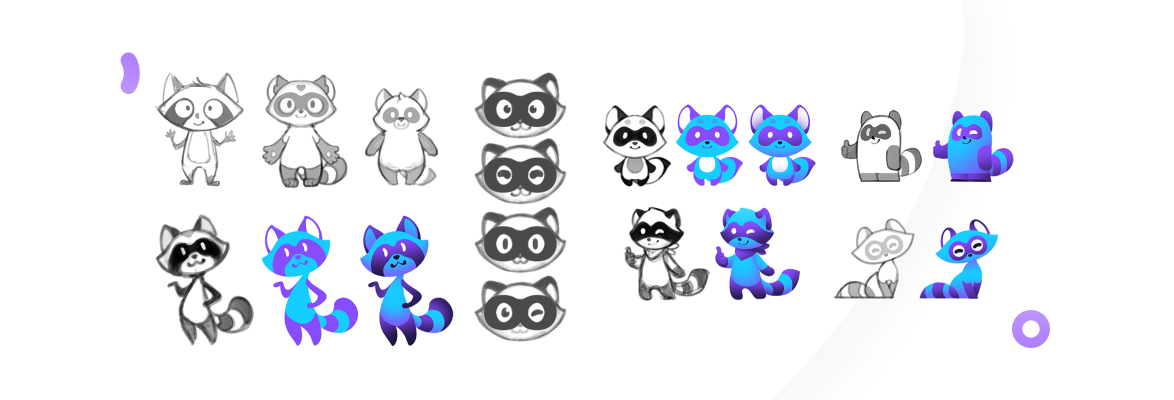
We also surveyed employees to gather feedback on the proposed mascots. Ultimately, a raccoon depicted in a casual style emerged as the clear favorite, making it to the finals by a wide margin. Since we often use our mascot on our corporate merchandise, the opinions of our colleagues were very important to us. Don't forget that your team will always be there to assist you with ideas and decisions!
Design Features
Based on our chosen concept, we established the following design criteria: our mascot should be cute, casual, expressive, and playful. For an artist, this entails using more rounded and smoother shapes, minimizing angles, and creating a face capable of expressing various emotions. We also aimed to give him a modern look and ensure he could actively participate in the company's activities. So, we opted for a more anthropomorphic appearance, employing a simple cartoon style with cute, childlike proportions and distinct colors.
The Importance of a Cohesive Image
One crucial attribute for any mascot is its recognizability. In different attire, across various styles, and even in black and white, ideally, its identity should be unmistakable, perhaps recognizable from its silhouette alone. Examples include the mascots of M&M's, Duracell, Cheetos, and Pringles. We aimed for a design that was simple yet not overly minimalistic, allowing us to create engaging narratives, depict it in various scenarios, and generate different iterations of it. It's a delicate balancing act that we didn't immediately achieve, and that's still evolving. Our initial design and distinctive corporate colors played a significant role in this. Now, even if we alter the proportions of our raccoon for various purposes or depict it in different styles, it remains recognizable.
Connecting the Brand and the Company's Style
We chose to entrust the development of our corporate identity to professionals because it's a crucial aspect with a lasting impact, and we lacked individuals with such expertise in-house. Once everything was approved, we moved to develop our mascot further. Our corporate style is reflected throughout the entire image. There's the color—our corporate palette consists of shades of purple and blue, so we opted to incorporate those hues into the design of the raccoon. This approach allows us to achieve two goals: conveying the brand image and ensuring recognition. After all, there aren't many blue and purple raccoons out there! The second aspect is its name. We chose to name it Boo, a shortened version of Boolat, thereby incorporating our company name into that mascot's name. However, if your mascot will promote goods or services, aligning the name with them is preferable. Mr. Clean is a great example of this. The third, less obvious aspect, in this case, was the mask around the raccoon's eyes. It resembles the infinity symbol used in our logo and corporate design.
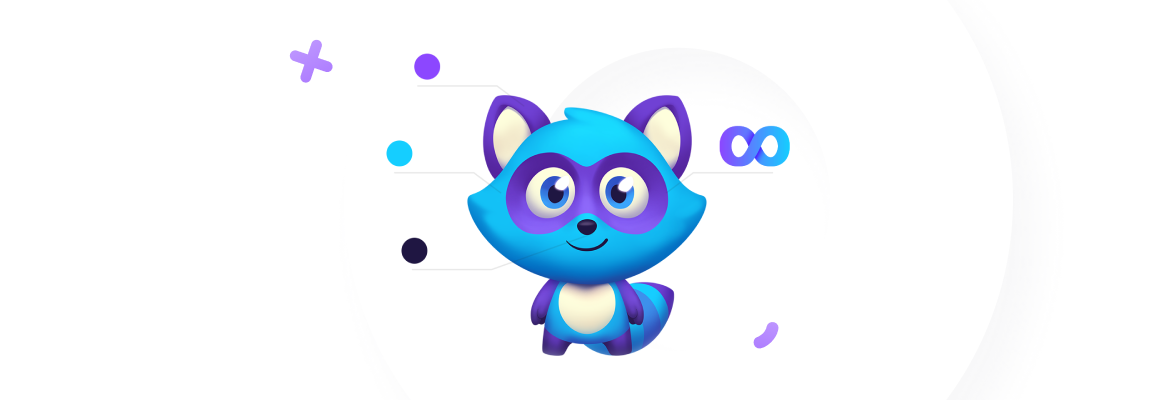
Using a Mascot
So, I've explained the general importance of a mascot for a company. Now, I'd like to share some examples of how we've used ours.
Merch and Gifts
We actively incorporate our mascot into our corporate merchandise and gifts. Our employees love our mascot, and each of our colleagues has items and accessories featuring its image in their homes. For instance, over the New Year holidays, we had raccoon onesies made for our employees' children. Now, children who are already fond of Boo can dress up as their favorite mascot :)
Distinctive Features
Individual elements, such as blankets with ears or stickers with glasses, can also be utilized.
Campaigns
An image can become universal and be embraced not only by the team if it's made interesting. For example, at the Game Gathering conference, we distributed stickers featuring Boo in various poses and styles to visitors. Visitors were delighted to adorn their laptops and notepads with the images because it was intriguing, amusing, and cute, even if they weren't familiar with the character.
We also use our mascot to extend well-wishes to our employees and partners, featuring it on postcards, cards, and correspondence. We hope you found the article interesting and informative and that you've gained some useful insights!
